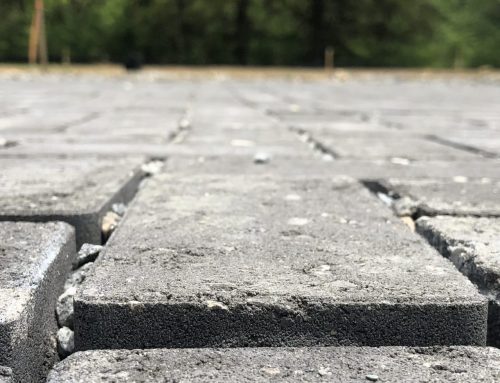By Laura Gardner, Water Resources Engineer
According to the Environmental Protection Agency, sediment is the most common pollutant found in America’s rivers, streams, lakes, and reservoirs. Soil erosion can create sediment, and when it becomes part of polluted runoff, it can have harmful effects on drinking water supplies, recreation, fisheries, and wildlife. About 70 percent of soil erosion is caused by human land use, particularly construction activities. [epa.gov]
Fortunately, the District of Columbia is committed to finding solutions to the sediment problem. The District requires a Soil Erosion and Sediment Control (ESC) Plan as part of the permit process for construction and redevelopment projects that disturb more than 50 square feet of land.
The Center for Watershed Protection recently helped the DC Department of Energy & Environment (DOEE) update the list of ESC standards and specifications to include in their new manual. The updated manual streamlines specifications for the construction industry, making it easier to understand requirements. It includes best management practices to prevent sediment pollution to the Potomac River, the Anacostia River, their tributaries, and the District’s sewer system.
After reviewing the latest ESC research and practices, the Center determined how the existing manual should be updated. Some of the changes include:
- Providing guidance for Erosion and Sediment Control permitting, Regulatory Review Division review, and any requirements from the 2013 Stormwater Rule;
- Revising the list of standards and specifications to reflect current construction practices;
- Eliminating practices no longer in use nor recommended by the Building Permit Plan Review Branch of DOEE and the Construction and Maintenance Branch of DOEE;
- Updating stream protection guidance to reflect practices used by the DOEE Restoration Branch;
- Updating the acceptable vegetation lists to be consistent with other publications from the Natural Resources Administration: Wildlife Action Plan (Fisheries and Wildlife Division), planning and permitting requirements from the Water Protection Division, the Green Area Ratio Guidebook, and the Stormwater Management Guidebook; and
- Adding tree protection standard and detail to be consistent with and support the goals of the Urban Forestry Division.
While we love working with water quality professionals all across the country, it was particularly rewarding to know we’d be helping residents and tourists in our nation’s capital enjoy cleaner rivers and streams.
To view the updated manual, please visit doee.dc.gov/esc.
 Laura Gardner, PE
Laura Gardner, PE
Water Resources Engineer
A Wisconsin native, Laura joined the Center in 2012 and has experience in conducting stormwater retrofit and watershed assessments, reviewing stormwater plans, designing best management practices (BMPs), and updating stormwater manuals. She has a B.S. in Biological Systems Engineering and a M.S. in Civil and Environmental Engineering from the University of Wisconsin – Madison. Laura enjoys spending her free time reading, exploring the sites of Maryland and DC, and, in winter, searching for places to cross-country ski. Laura and her husband live in Catonsville.






